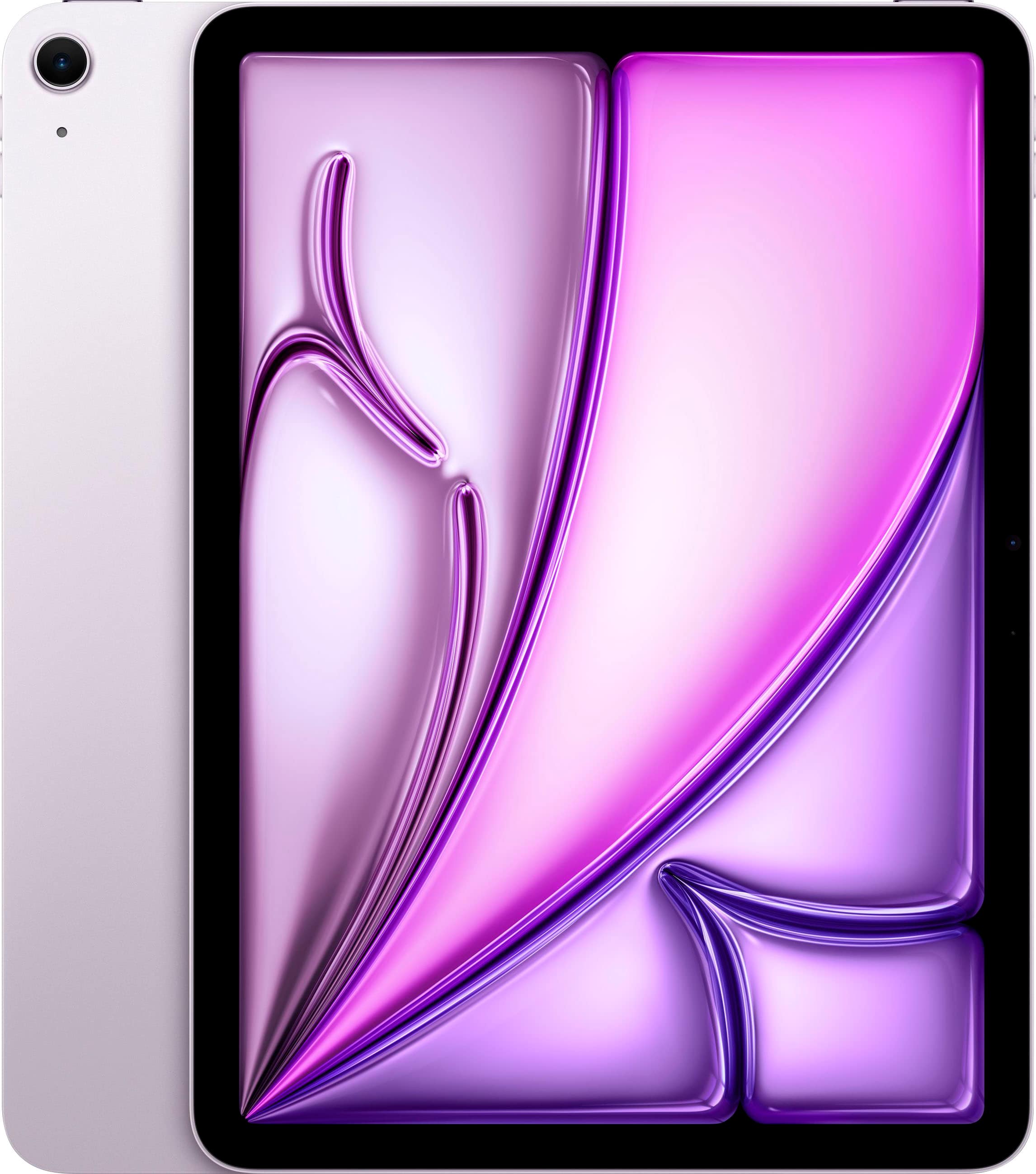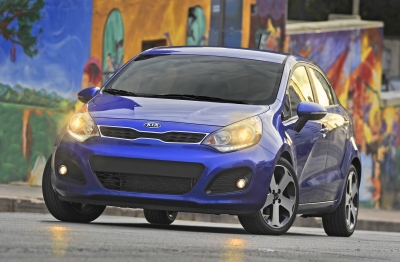What Is The Best Brand Of Car Stereo? Unveiling the Ultimate In-Car Audio Experience
What Is The Best Brand Of Car Stereo? Unveiling the Ultimate In-Car Audio Experience cars.truckstrend.com
The quest for the "best" car stereo brand is akin to searching for the perfect pair of shoes – what fits one person flawlessly might be uncomfortable for another. In the dynamic world of in-car entertainment, "best" isn’t a singular, universally acclaimed champion, but rather a harmonious blend of individual needs, vehicle compatibility, desired features, and, crucially, budget. A car stereo is no longer just about playing music; it’s the central hub for navigation, communication, smartphone integration, and even vehicle diagnostics, profoundly shaping your daily commute and road trip adventures.
This comprehensive guide will navigate the complex landscape of car stereo brands, dissecting what truly defines excellence in this arena. We’ll explore the leading contenders, their unique strengths, essential features to consider, and practical advice to help you pinpoint the ideal audio companion for your vehicle and lifestyle.
What Is The Best Brand Of Car Stereo? Unveiling the Ultimate In-Car Audio Experience
Understanding "Best": A Subjective Journey
Before diving into specific brands, it’s vital to understand that the "best" car stereo for you will be determined by several key factors:
- Your Budget: Car stereos range from under $100 to well over $1000. Your budget will naturally narrow down your options significantly.
- Desired Features: Are you looking for basic radio and Bluetooth, or do you need Apple CarPlay/Android Auto, built-in navigation, satellite radio, high-resolution audio support, or multiple camera inputs?
- Vehicle Compatibility: Does your car accommodate a single DIN (standard opening) or double DIN (larger, typically touchscreen) unit? Are there specific dash kits or wiring harnesses required?
- Sound Quality Preference: Are you an audiophile seeking pristine, customizable sound, or do you simply want clear, reliable audio for everyday listening?
- Ease of Use: Do you prefer a straightforward interface with physical buttons, or a sleek, responsive touchscreen?
- Future Expandability: Do you plan to add external amplifiers, subwoofers, or additional speakers down the line?

Key Features That Define a Modern Car Stereo
Beyond simply playing music, today’s car stereos are multimedia powerhouses. Here are the crucial features to consider:
-
Sound Quality & Customization:
- Power Output (Watts): Indicates how much power the head unit can send to speakers. Higher RMS wattage is better for clarity and volume.
- Pre-Amp Outputs (RCA): Essential for connecting external amplifiers for speakers and subwoofers. Look for 2V, 4V, or even 5V outputs for cleaner signals.
- Equalizer (EQ): Multi-band graphic or parametric EQ allows fine-tuning of audio frequencies. Look for at least a 13-band EQ.
- Digital Signal Processing (DSP): Advanced features like time alignment, crossover settings, and sound staging optimize the audio for your specific car interior.
- Hi-Res Audio Support: For audiophiles, the ability to play FLAC, WAV, and other high-resolution audio formats.

-
Connectivity & Smartphone Integration:
- Bluetooth: For hands-free calling and wireless audio streaming.
- USB Ports: For charging devices, playing music from USB drives, and connecting smartphones for wired CarPlay/Android Auto.
- AUX Input: A simple 3.5mm jack for connecting older devices.
- Apple CarPlay & Android Auto: The most sought-after features, mirroring your smartphone’s interface for navigation, music, messages, and calls on the stereo’s screen. Available wired or wireless.
- Wi-Fi: Enables wireless CarPlay/Android Auto and potential firmware updates.
- SiriusXM Ready: Allows integration with satellite radio (requires tuner and subscription).
-
User Interface & Display:
- Touchscreen: Capacitive (like a smartphone) is superior to resistive for responsiveness and clarity. Look for good resolution (WVGA, HD, or Full HD).
- Physical Buttons/Knobs: Some users prefer tactile controls for volume and basic functions, especially while driving.
- Customizable Interface: Ability to change themes, colors, and layouts.
-
Navigation:
- Built-in GPS: Some units have pre-loaded maps and turn-by-turn directions.
- Smartphone Integration (CarPlay/Android Auto): Most common and often preferred, utilizing your phone’s up-to-date maps (Google Maps, Waze, Apple Maps).
-
Safety & Convenience:
- Backup Camera Input: Essential for connecting a rear-view camera. Some units support multiple camera inputs (front, side).
- Steering Wheel Control Compatibility: Allows retention of factory steering wheel controls (requires an adapter).
- Remote Control: For passenger convenience.

Leading Brands in the Car Stereo Market
While "best" is subjective, certain brands consistently deliver quality, innovation, and reliability across various price points.
-
Pioneer:
- Strengths: Renowned for innovation, excellent sound quality, and a user-friendly interface. Pioneer offers a vast range from basic single-DIN units to advanced double-DIN multimedia receivers with wireless CarPlay/Android Auto. Their NEX series is particularly popular for advanced features and sound processing.
- Target User: Anyone seeking a reliable, feature-rich, and great-sounding head unit.
-
Kenwood:
- Strengths: Known for robust build quality, exceptional sound processing (often featuring advanced DSP, Hi-Res Audio support), and comprehensive connectivity options. Kenwood’s DMX and DDX series are strong contenders, often praised for their crisp displays and deep sound customization.
- Target User: Audiophiles, tech enthusiasts, and those who prioritize detailed sound and extensive features.
-
Sony:
- Strengths: Offers a blend of quality, reliability, and value. Sony units often feature powerful internal amplifiers, good sound customization, and seamless smartphone integration. Their XAV series is popular for its responsive touchscreens and straightforward operation.
- Target User: General users looking for reliable performance, good sound, and intuitive features without breaking the bank.
-
Alpine:
- Strengths: A premium brand synonymous with audiophile-grade sound quality, sleek designs, and often larger-than-standard displays (e.g., 9-inch or 11-inch "floating" screens). Alpine systems are designed for high-performance audio and often integrate seamlessly with their amplifiers and speakers.
- Target User: Audiophiles, custom installers, and those willing to invest more for superior sound and aesthetics.
-
JVC:
- Strengths: Often seen as a value-oriented brand, JVC provides solid performance and a good feature set at competitive prices. They share technology with Kenwood (both under JVCKENWOOD Holdings), offering good sound and reliable operation.
- Target User: Budget-conscious buyers who still want good features like CarPlay/Android Auto and decent sound.
-
Blaupunkt:
- Strengths: A historic German brand known for its classic audio heritage. While they offer modern units, their focus often leans towards robust, reliable performance with a nod to traditional sound.
- Target User: Those seeking a blend of classic brand reliability with modern features, perhaps with a European flair.
-
Clarion (now largely integrated/rebranded):
- Strengths: Historically known for strong sound quality and marine audio products. While their standalone car audio presence has diminished, their legacy of robust audio engineering persists in other brands they influence.
- Target User: Less prominent as a standalone head unit brand now, but worth noting for historical quality.
-
Boss Audio, Dual, Soundstream (Budget-Friendly Options):
- Strengths: These brands typically focus on affordability and packing in as many features as possible for the price. While sound quality might not match premium brands, they offer a viable entry point for those on a tight budget.
- Target User: First-time buyers, those with older vehicles, or anyone needing basic functionality at the lowest cost.
Choosing the Right Stereo for Your Needs: Practical Advice
- Define Your Budget First: This is the most critical step. Be realistic about how much you’re willing to spend, including potential installation costs and accessories.
- Check Vehicle Compatibility: Use online tools (e.g., Crutchfield’s vehicle selector) to determine if your car can accommodate single-DIN or double-DIN units, and what wiring harnesses, dash kits, and antenna adapters you’ll need.
- Prioritize Features: Make a list of "must-have" features (e.g., CarPlay, Bluetooth, backup camera input) and "nice-to-have" features (e.g., built-in navigation, advanced DSP). Don’t pay for features you won’t use.
- Read Reviews: Look for real-world user reviews and professional comparisons. Pay attention to comments on user interface responsiveness, sound quality, and long-term reliability.
- Consider Professional Installation: While many car stereos can be DIY installed, complex vehicles (especially those with factory premium sound systems, steering wheel controls, or intricate dash disassembly) often benefit from professional installation to ensure proper integration and avoid damage.
- Think About Future Upgrades: If you plan to add a subwoofer or external amplifier later, ensure your chosen head unit has sufficient pre-amp outputs.
Installation Considerations & Challenges
Installing a new car stereo isn’t always plug-and-play.
- Wiring Harness: Connects the new stereo to your car’s existing wiring without cutting factory wires.
- Dash Kit: Fills any gaps around the new stereo to give it a factory-installed look.
- Antenna Adapter: Converts your car’s antenna connector to fit the new stereo.
- Steering Wheel Control Interface (SWC): An essential module if you want to retain your factory steering wheel audio controls.
- Factory Amplifier Integration: Some cars have complex factory amplified systems (e.g., Bose, JBL, Harman Kardon) that require special integration modules or bypassing the factory amplifier entirely. This is where professional help is often invaluable.
- Vehicle-Specific Features: Be aware that some factory features like door chimes, climate control displays, or vehicle settings might be integrated into the factory stereo and could require specialized interfaces to retain them.
Car Stereo Brand Price & Feature Overview
| Brand | Typical Price Range (Head Unit Only) | Key Strengths/Features | Target User |
|---|---|---|---|
| Pioneer | $150 – $1200+ | Innovation, wide range, user-friendly, excellent sound, reliable CarPlay/Android Auto. | General users, tech-savvy, good balance of features and sound. |
| Kenwood | $200 – $1300+ | Robust features, advanced DSP, Hi-Res Audio, crisp displays, deep sound customization. | Audiophiles, tech enthusiasts, those prioritizing sound quality & features. |
| Sony | $150 – $800 | Reliability, strong internal amps, good value, intuitive interface, seamless integration. | Everyday users, value-conscious, reliable performance. |
| Alpine | $300 – $1500+ | Premium sound, audiophile-grade, sleek design, large floating screens, custom setups. | Audiophiles, custom installers, those seeking high-end experience. |
| JVC | $100 – $600 | Good value, solid performance, feature-rich for the price, reliable. | Budget-conscious, first-time buyers, good functionality on a budget. |
| Blaupunkt | $80 – $400 | European heritage, classic sound, robust build, basic to mid-range features. | Users seeking classic brand, reliable basic functionality. |
| Boss Audio | $50 – $300 | Very budget-friendly, often feature-packed for the price, entry-level. | Extremely budget-conscious, basic needs, older vehicles. |
| Dual/Soundstream | $50 – $350 | Similar to Boss Audio, focus on affordability and basic features. | Very budget-conscious, basic needs, older vehicles. |
Note: Prices are approximate and can vary significantly based on specific models, features (e.g., wireless CarPlay vs. wired), promotions, and retailers.
Conclusion: Your Personalized Audio Journey
Ultimately, there isn’t one single "best" brand of car stereo. The ideal choice is a personal one, a careful alignment of your budget, vehicle, and audio aspirations. Brands like Pioneer, Kenwood, and Sony consistently deliver a strong blend of features, performance, and reliability for a wide audience. Alpine stands out for those seeking premium, audiophile-grade experiences, while JVC offers excellent value.
By thoroughly researching features, understanding your vehicle’s requirements, and considering professional installation where necessary, you can transform your in-car audio experience. The right car stereo doesn’t just play music; it elevates every drive into a more connected, enjoyable, and safer journey.
Frequently Asked Questions (FAQ)
Q1: Can I install a car stereo myself?
A1: Yes, many basic installations can be done by a DIY enthusiast with the right tools, wiring harness, and dash kit. However, complex vehicles with integrated systems, steering wheel controls, or premium factory amplifiers often benefit significantly from professional installation.
Q2: Do I need a new wiring harness?
A2: Almost always. A wiring harness adapter connects your new aftermarket stereo to your car’s factory wiring without cutting or splicing, making the installation cleaner and often reversible.
Q3: What’s the difference between single DIN and double DIN?
A3: Single DIN refers to a standard head unit opening (approx. 2 inches tall x 7 inches wide). Double DIN is twice the height (approx. 4 inches tall x 7 inches wide), typically accommodating larger touchscreens. Your vehicle’s dash opening dictates which size you need.
Q4: Is Apple CarPlay/Android Auto worth it?
A4: For most modern drivers, absolutely. They provide seamless integration of your smartphone’s navigation, music, messaging, and voice assistant features onto the stereo’s screen, offering a safer and more convenient driving experience.
Q5: How much should I spend on a car stereo?
A5: It depends on your needs. A good basic unit with Bluetooth and USB can be found for $100-$200. Units with wired CarPlay/Android Auto typically start around $250-$400. Wireless CarPlay/Android Auto, larger screens, and advanced audio features push prices to $500-$1000+. High-end audiophile units can exceed $1000.
Q6: Will a new stereo improve my sound quality without new speakers?
A6: Yes, often significantly. A new head unit typically has a cleaner internal amplifier, better digital-to-analog converters (DACs), and more advanced sound processing (EQ, DSP) than a factory stereo, which can make even factory speakers sound better. However, for truly transformative sound, speaker upgrades are usually the next step.
Q7: What about factory integration and steering wheel controls?
A7: Most aftermarket stereos can retain factory steering wheel controls with an additional interface module (sold separately, usually $50-$150). For complex factory systems (e.g., climate control integrated into the stereo display, premium factory amplifiers), specialized integration modules may be required, or professional installation is highly recommended.





